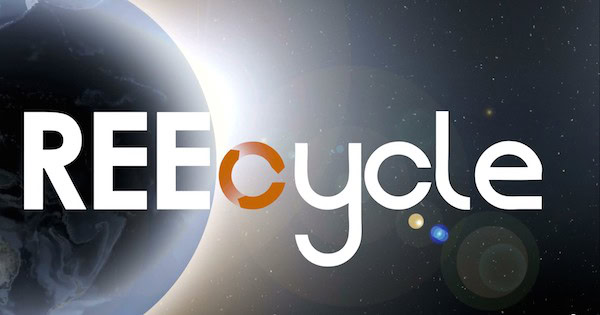
[Image above: Credit: REEcycle Inc.
Rare earths are a hot commodity—they’re vital to securing solutions for the world’s energy concerns, with energy-saving applications in wind turbines, solar cells, and so much more. And with China tightly clenching the pursestrings to more than 90% of worldwide production of rare earths, some countries are eager to secure their own sources of the precious materials.
We heard earlier this year that Boston University spin-out company Infinium is putting ceramics—zirconium oxide, specifically—to the test to process rare earths domestically in a technique that is more efficient and environmentally friendly than those that came before.
Now a student team from the University of Houston is also working to help supply the United States’ own rare earth stream from a different source. The team is commercializing a novel and proprietary method to recycle rare earths neodymium and dysprosium from waste electronics, a technology that was originally developed by UH researcher Allan Jacobson.
Neodymium and dysprosium are found in collected waste computer hard drives, but there’s not currently an economically viable process for extracting the goods. But the students’ venture claims to change all that with a technique that’s economical, energy-friendly, and commercially viable.
Although the specifics are on lockdown, the basic gist is that the process removes nickel plating from recycled hard drives, and what’s left of the drives is ground down into a hot mess. The process then uses a solvent to separate insoluble iron and boron from the mix, leaving a solution that is filtered to get out the rare earths.
According to the company, the solvent is reusable, decreasing production waste, and the process requires heating only to 212°F, making it much less energy-intensive than other processes.
Learn more about the technique in the short video below from REEcycle.

Credit: REEcycle; YouTube
The project recently won some serious high-fives at the DOE’s Clean Energy Business Plan Competition—read more about the team and their commendable achievements here. The team is now working on scaling up the tech beyond the lab to allow manufacturers to integrate the process directly in existing facilities.
Author
April Gocha
CTT Categories
- Electronics
- Energy
- Environment
- Material Innovations


